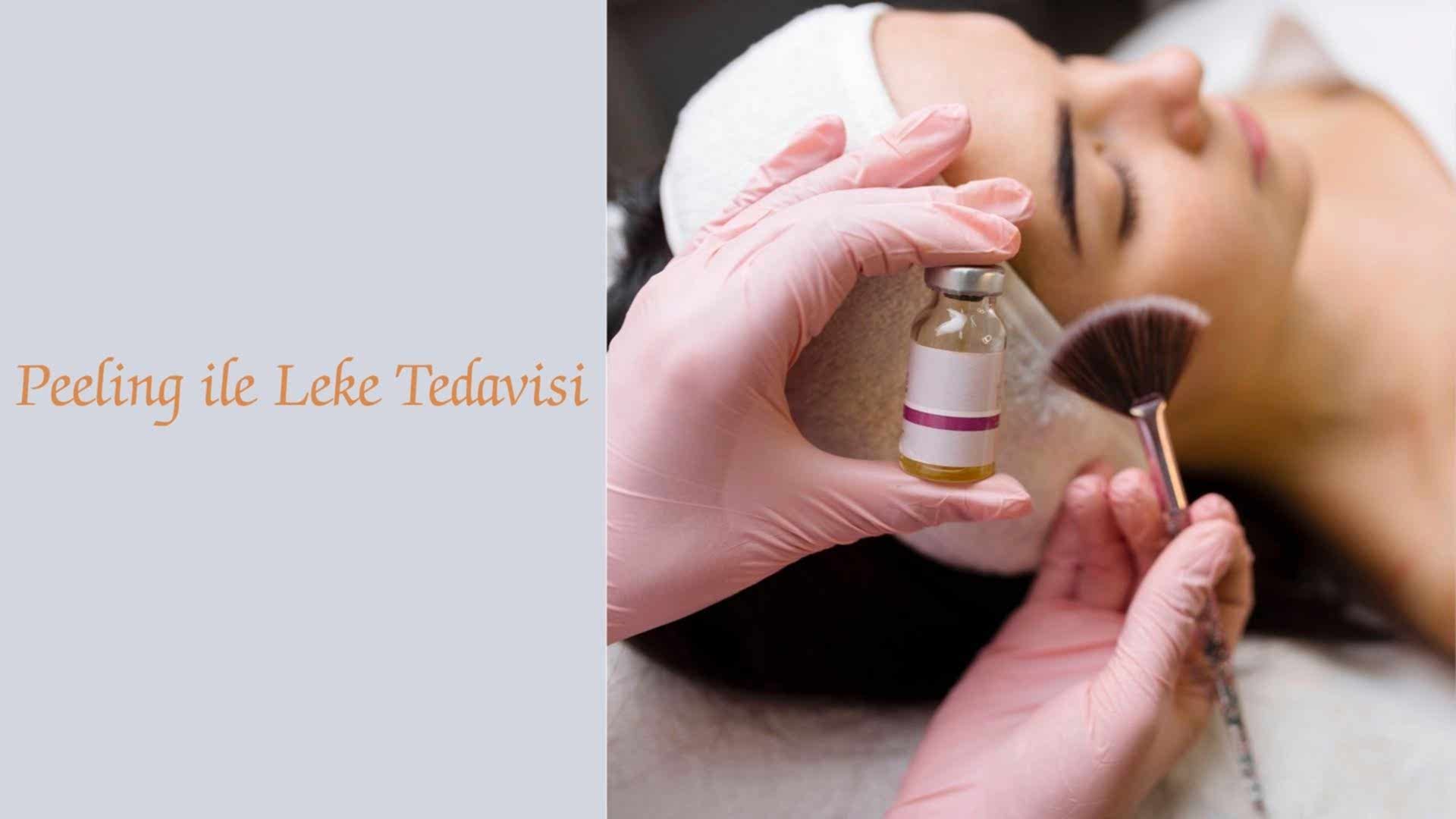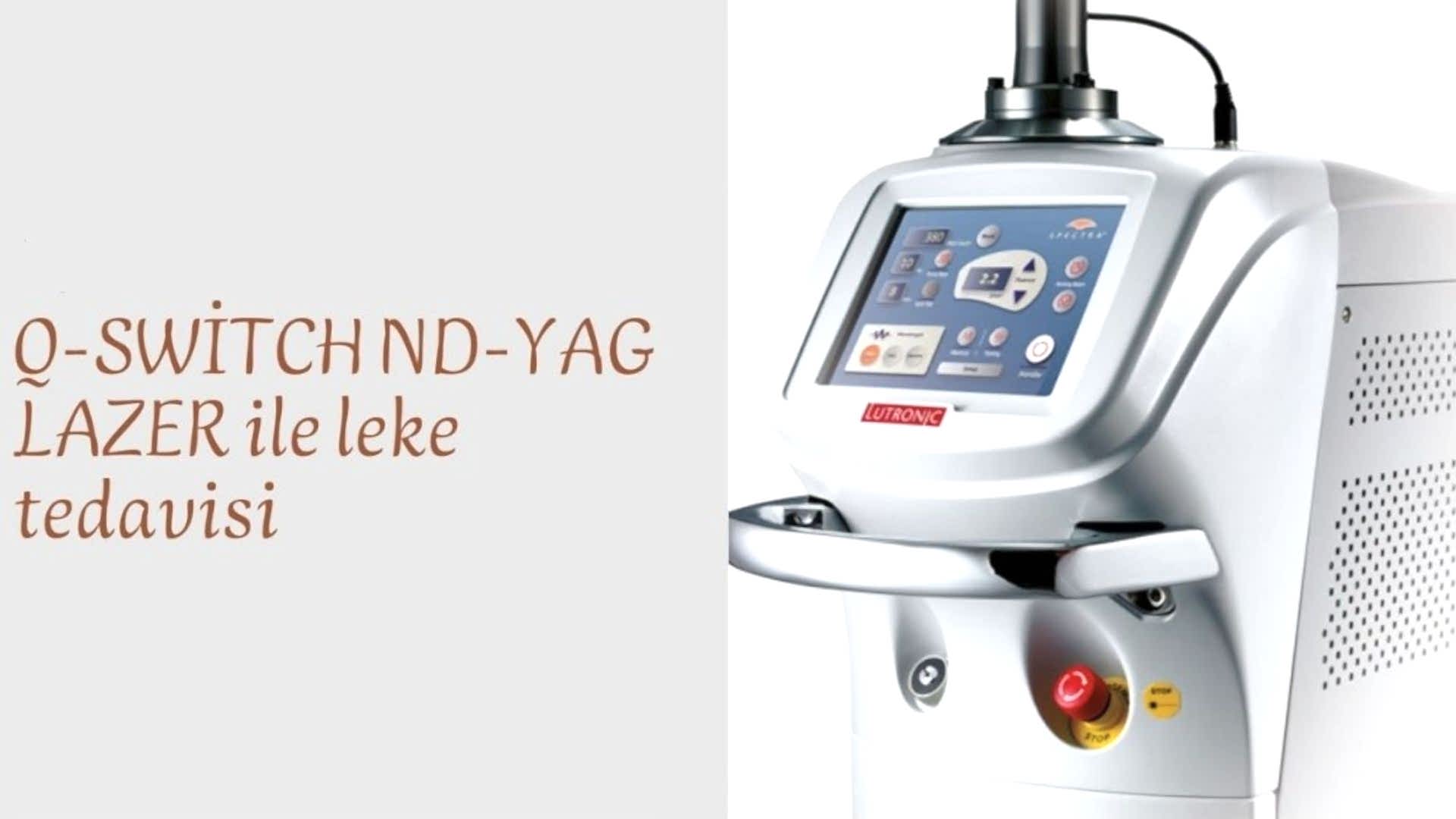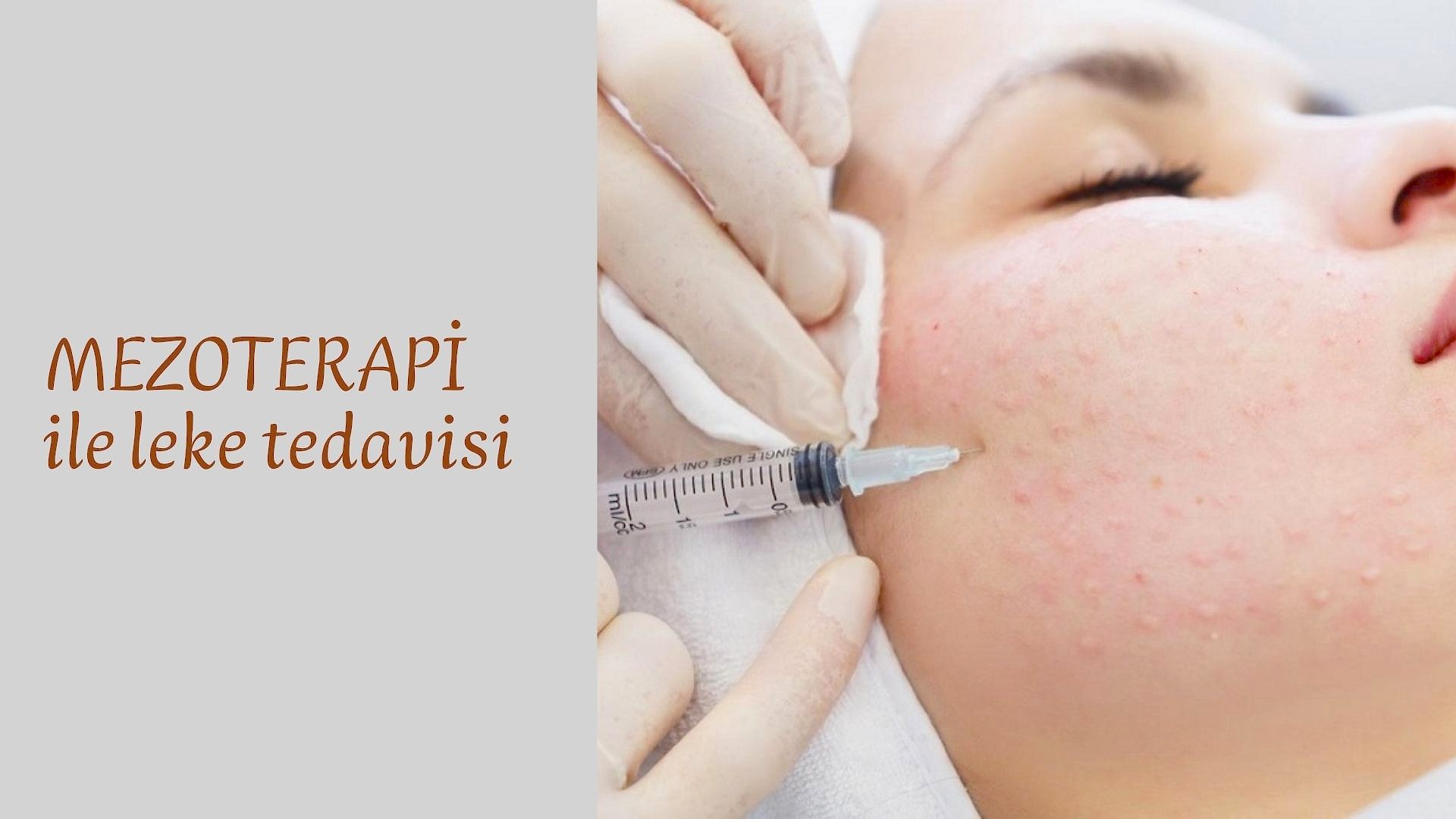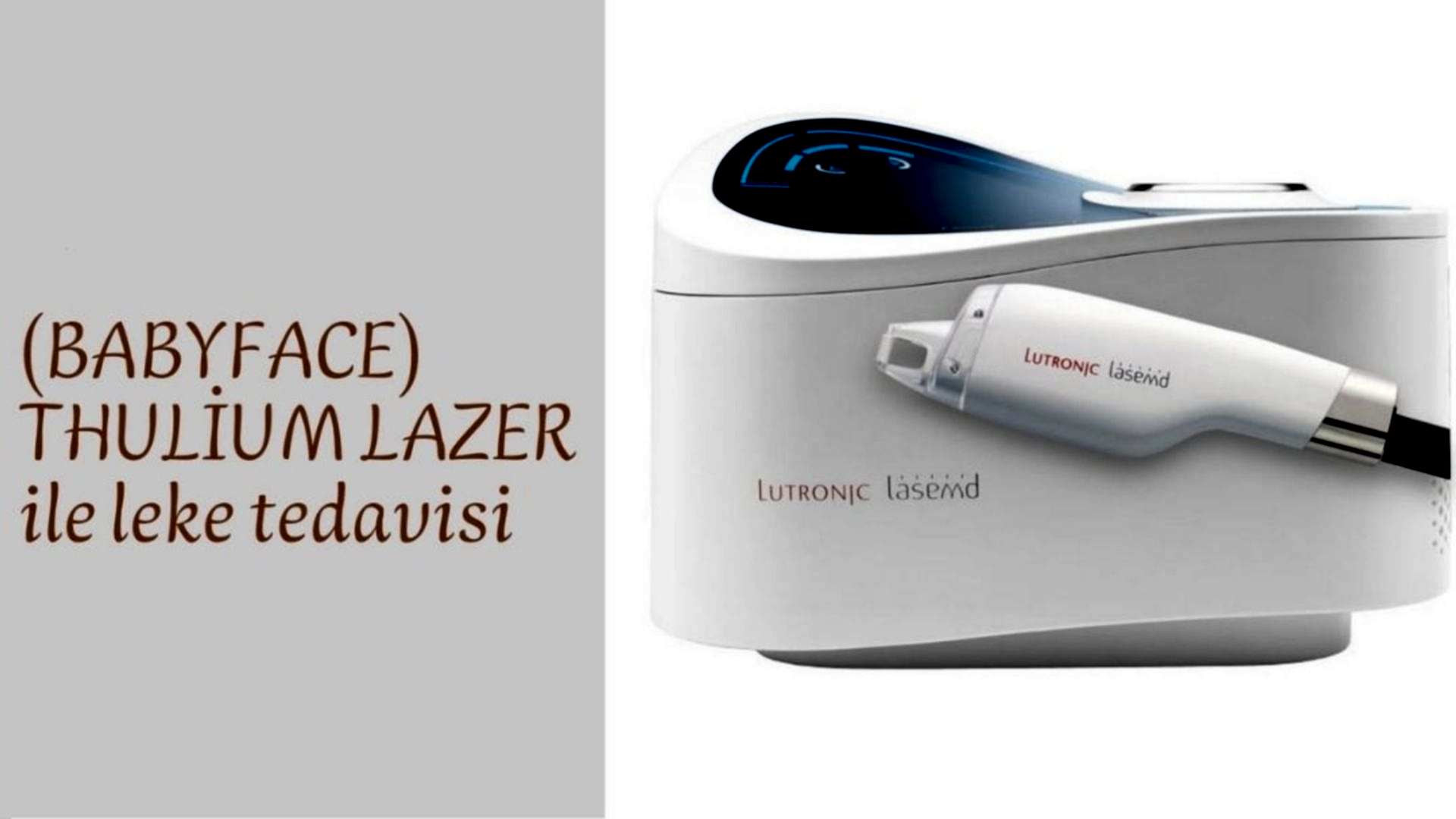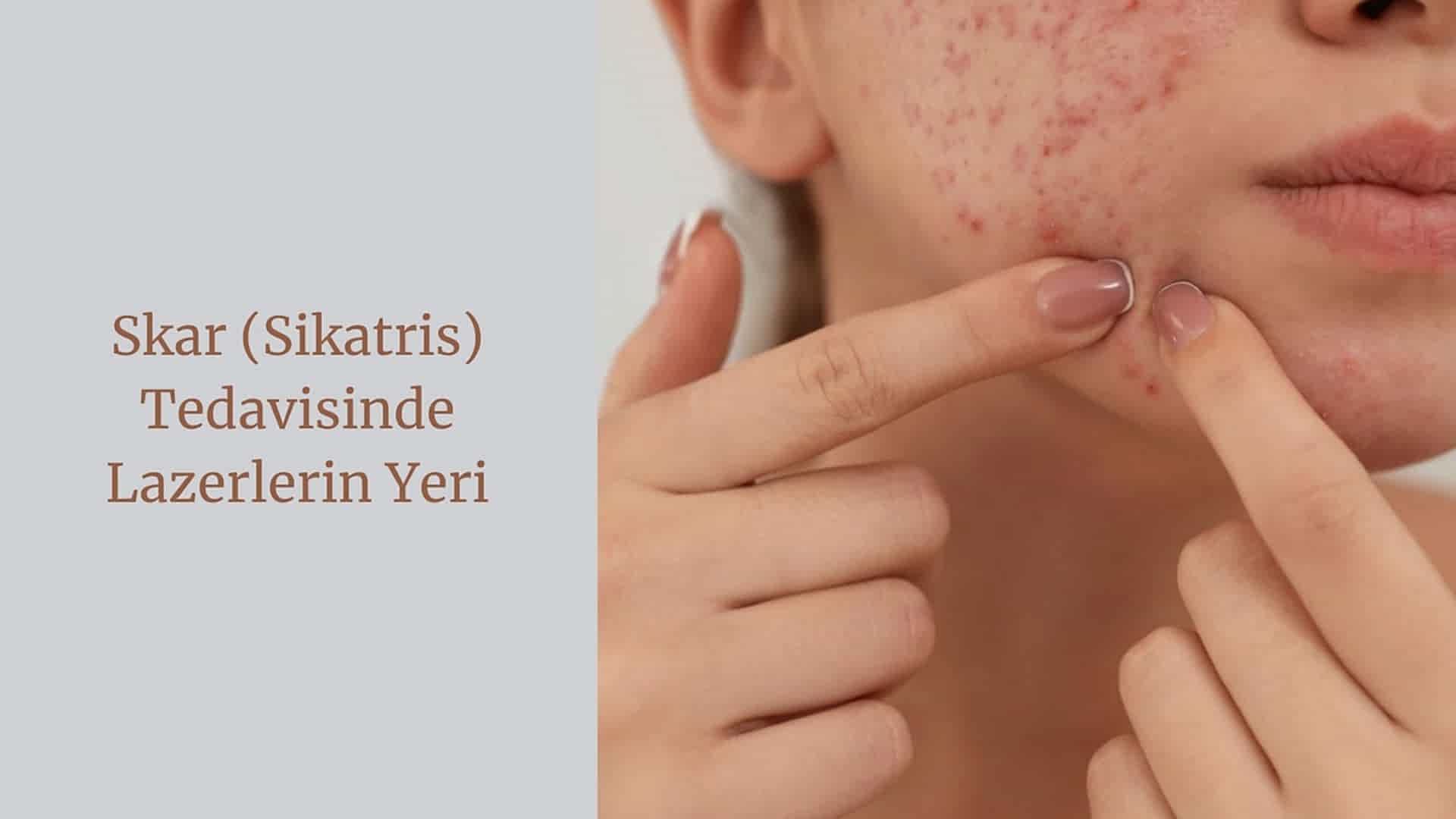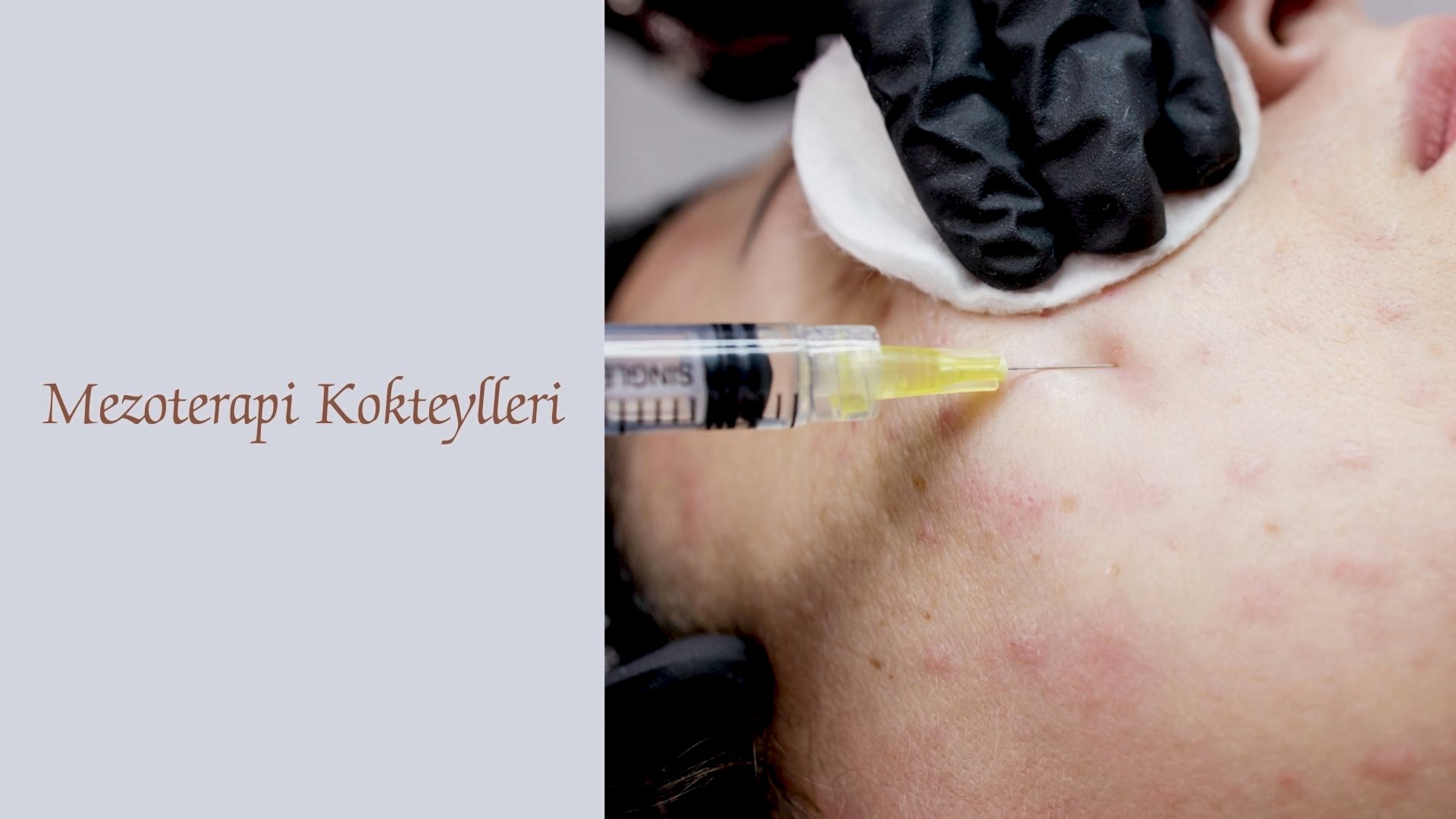Treatment of Spots with Peels: Effective Methods for Equalizing Skin Tone
Skin spots are one of the leading aesthetic problems that occur especially due to sun damage, aging, hormonal changes and post-inflammatory processes. Choosing the right method is quite critical in the treatment of pigmentation disorders such as melasma, post-inflammatory hyperpigmentation (PIH) and lentigo.
Peeling applications have become one of the most preferred methods in recent years for removing spots and equalizing skin tone. So, how is spot treatment done with peels and which types of peels give the best results?
In this article, we comprehensively discuss the types of peels, their areas of use and their effects on spot treatment.
What is Chemical Peeling?
Chemical peeling is a treatment method that allows the controlled peeling of the epidermis and the emergence of a new, healthier skin layer by applying chemical agents of a certain concentration to the skin surface.
This controlled damage contributes to both the removal of spots and skin renewal.
Especially for skin spots such as melasma and PIH, chemical peeling applications can yield very successful results when used alone or in combination with other treatments.
Peeling Types and Their Roles in Spot Treatment
1. Alpha Hydroxy Acid (AHA) Peels
The most well-known AHA peel is glycolic acid. Generally, 30-70% glycolic acid solutions are used.
Glycolic acid removes dead cells from the skin surface, reduces melanin accumulation and lightens spots on the skin.
The best results are obtained in epidermal type melasma.
Dermal type melasmas are more resistant to glycolic acid.
Lactic acid is another AHA and can be preferred for sensitive skin.
Advantages: Easy to apply, provides moderate spot lightening with regular sessions.
Disadvantages: May cause irritation on sensitive skin.
2. Alpha Keto Acid Peels
Pyruvic acid is a peeling agent that has gained importance recently.
It not only works on pigmentation, but also increases collagen and elastin production, providing skin rejuvenation.
It is also effective on acne, sun damage and superficial scars.
It should be applied carefully as it can cause an intense burning sensation.
Advantages: It offers a dual-effect (blemish lightening + rejuvenating) solution.
Disadvantages: It can cause sensitivity and should be used with caution on dark skin.
3. Beta Hydroxy Acid (BHA) Peels
Salicylic acid is the most popular BHA agent. It is especially used on acne-prone and oily skin.
It penetrates deep into the skin and has anti-inflammatory properties.
It reduces the risk of PIH, which is an important advantage especially on dark skin types.
Studies have shown that 20-30% salicylic acid peels provide moderate improvement on melasma and PIH.
Advantages: It offers a safe peeling option with its anti-inflammatory effect.
Disadvantages: It should be used with caution in high concentrations.
Combination Peels
Salicylic Mandelic Acid Peels
The combination of salicylic acid and mandelic acid provides a peel that penetrates quickly and leaves a softer effect on the skin.
It stands out as a safe and effective option especially for dark skin types.
Mandelic acid is suitable for sensitive skin as it is absorbed slowly.
Salicylic acid reduces the risk of PIH.
Advantages: Low risk of side effects, safe use on dark skin.
Disadvantages: May require long-term application.
Deep Peeling Options
Trichloroacetic Acid (TCA) Peels
TCA peels are powerful peeling agents that can reach the middle and deep layers.
It is especially effective on lentigo and age spots in fair-skinned patients.
It is applied in lower concentrations (10-35%) due to the risk of PIH in dark skin types.
Advantages: It provides effective results on deep lesions.
Disadvantages: Risk of scarring or long-term pigment changes in case of incorrect application.
Jessner Solution
Jessner solution, which is a mixture of resorcinol, salicylic acid and lactic acid, is an effective peeling method with medium depth.
It evens out skin tone and reduces blemishes.
Its effect can be increased by combining with GA (glycolic acid) and TCA.
New Generation Peels
Phytic Acid Peels
Phytic acid is a low pH AHA and does not require neutralization.
It provides a more controlled peeling.
The burning sensation is minimal, it is suitable for sensitive skin.
Effective results can be obtained after 5-6 sessions of application.
Advantages: Low risk of side effects, safe even for sensitive skin.
Disadvantages: A longer treatment period may be required for the effect.
Obagi Blue Peel
It is a special form of TCA prepared by combining it with a blue colored mixture.
It provides controlled penetration.
It regulates skin tone and reduces spots.
Amino Fruit Acid Peels
A new generation of antioxidant peels.
It is effective in removing photopigmentation.
It is similar to glycolic acid but better tolerated, especially in fair-skinned patients.
Things to Consider in Spot Treatment with Peels
Conclusion: The Key to Success in Spot Treatment with Peels
Peels, when selected correctly and applied carefully, can provide highly effective results in the treatment of skin spots.
When choosing from different agents such as glycolic acid, salicylic acid, and phytic acid, skin type, spot depth, and past treatment history should be taken into consideration.
The fact that new generation peeling agents are safer and offer minimal side effects has expanded treatment options, especially for darker skin types.
It is now much more possible to achieve a healthy, even-toned, and bright skin appearance with peeling applications.
However, it should not be forgotten that a professional approach and regular sun protection are always essential for lasting success.
